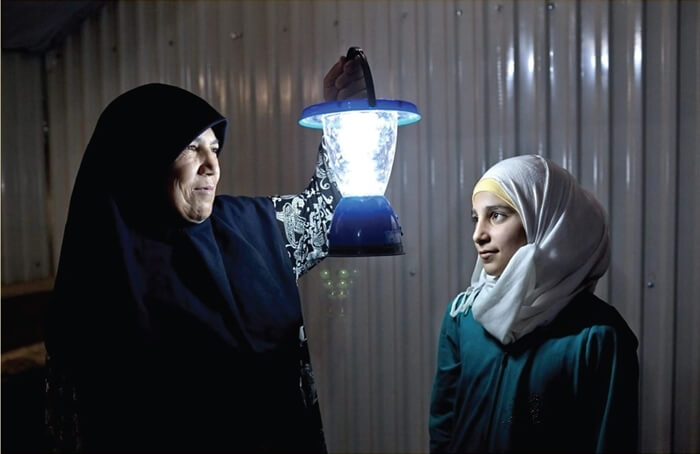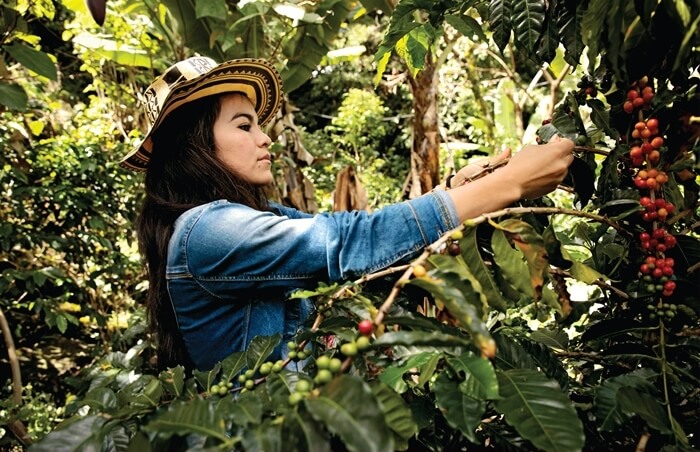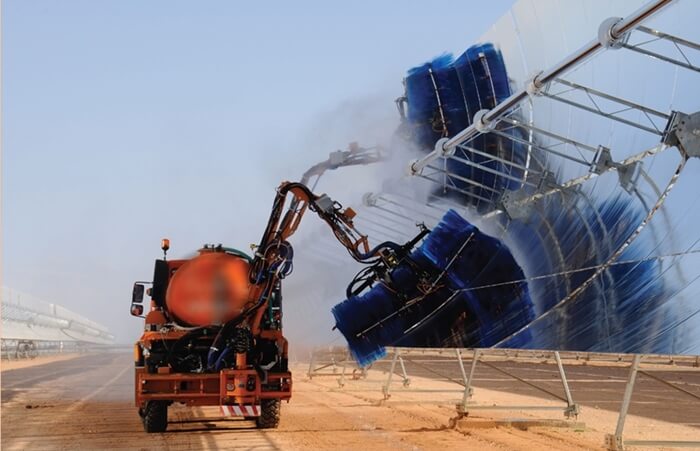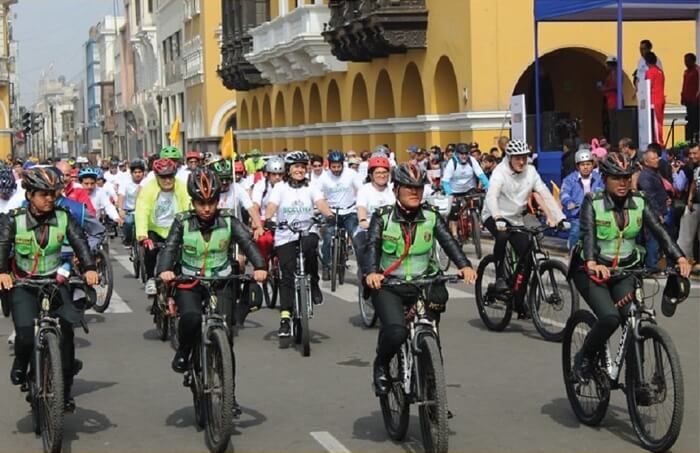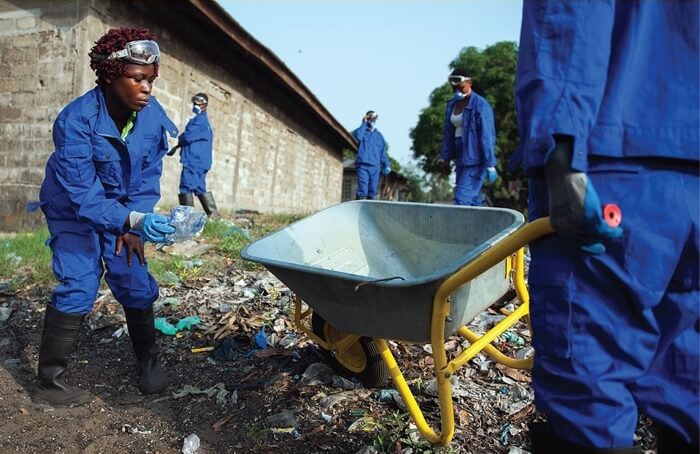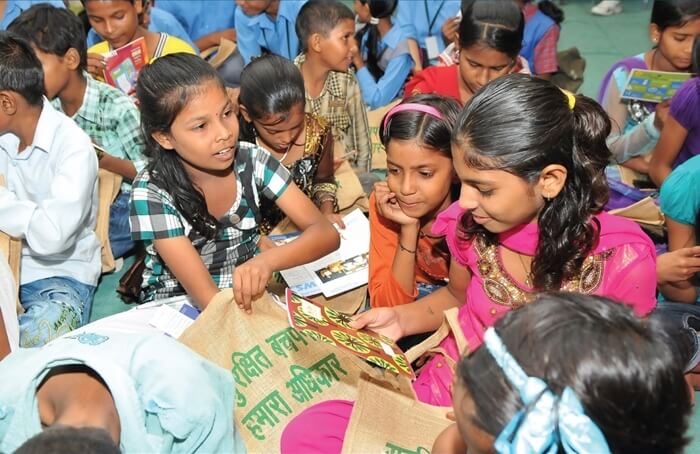Excerpt from grist.org
In January, a remote island in the Federated States of Micronesia switched on its lights for the first time since before World War II, bringing electricity to 500 households by burning waste from its new coconut-processing facility.
In a country where only one in three people has consistent energy access, electrifying Tonoas marked a step toward delivering power to every Micronesian household by 2027, which means reaching the 17 percent of the country still without it. And by 2024, half of that energy is set to be renewable.
The move in FSM represents one of several being taken throughout the Pacific to not only transition to more sustainable power generation but also remove their reliance on imported fossil fuels. The transition is a difficult and costly task for many Pacific nations due to their physical and economic size, geographic isolation and disparate islands — all of which influence their ability to finance climate action.
Meanwhile the countries face the most acute symptoms of climate change: sea level rise, intense seasonal weather events, agricultural failures, and a loss of fisheries and coral reefs.
But at the heart of the countries’ vulnerability is their reliance on imported fossil fuels, according to Zena Grecni of the Pacific Regional Integrated Sciences and Assessments program.
That reliance brings high costs for the residents for electricity and transportation because of oil price fluctuations, she said. But if climate financing were more available, that would not be the case.

Island Innovation is a social enterprise and digital media company at the intersection of sustainable development and communications, offering specialised services across various sectors. We bring together the private sector, government, utilities, NGOs and universities to advance innovation for sustainability and prosperity in islands worldwide.









